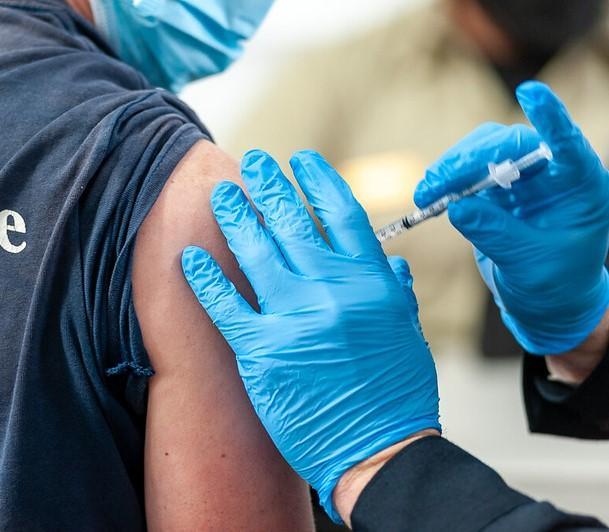
An experimental evaluation of the risk of influenza transmission from contaminated objects finds that viable virus was rarely transferred to fingertips from tainted floors, tables, or door levers, even when the viral loads far surpassed those occurring in real life.
Expanding on a previous study involving face masks, researchers in Japan assessed the likelihood of flu spread from a floor or table placed within the trajectory of artificial coughs, stainless-steel door levers exposed to simulated coughs, and door levers exposed to a contaminated hand.
"Influenza is generally understood to be transmitted through inhaling virus-contaminating aerosol/droplets or contact with virus-contaminated environmental surfaces (or fomites)," the study authors wrote. "However, the risk associated with transmission through contact with fomites is hypothetical, lacking solid quantitative evidence."
The study was published this week in Microbiology and Immunology.
'Negligible or minimal' probability
The team washed the fingertips that contacted these surfaces into a rinsing medium, which was tested for live virus and viral genetic material using a plaque-forming assay and real-time quantitative polymerase chain reaction (RT-PCR), respectively.
We conclude that the probability of contact transmission of influenza via dried fomites is negligible or minimal under the scenarios studied here.
Live virus was rarely transmitted to fingertips from the studied objects, even when viral loads in the fluids that contaminated the fomites were much higher than those observed in real life. "Consequently, we conclude that the probability of contact transmission of influenza via dried fomites is negligible or minimal under the scenarios studied here," the investigators concluded.













